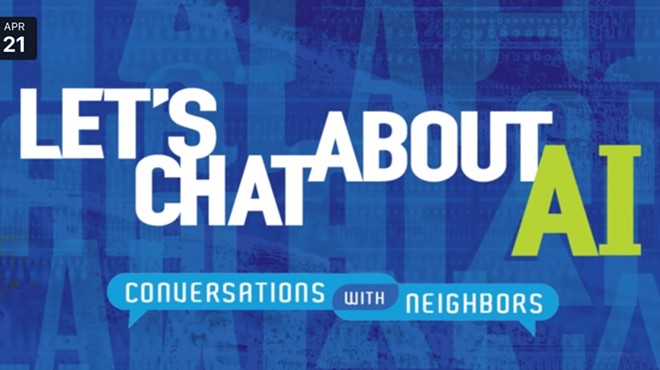Implications? Walmart is the great success story because it figured out, better than everyone else, how to get cheap stuff for the American masses to buy—by moving production to China. The rise of Walmart over the last 30 years is the rise of China. Walmart cut a deal with China—produce cheaply and we’ll distribute to every corner store in the US. Thus, the Chinese accumulated an immense export boom and with it a vast hoard of dollars. What to do with the dollars? To cement this relationship with the US so that China would become an industrial powerhouse, China took these excess US dollars and loaned them to the US government and workers in the form of credit, thus allowing Americans to continue to buy things that they otherwise could not afford. This bizarre, symbiotic but also tension-laden relationship is becoming, and will be, for the foreseeable future, our number one foreign policy issue.
Another huge cost is that the American working class has had to forego a growing portion of what it wants. For example, the tax structure of most of the 50 states and towns in the US depends on the working class, because states and communities tend to rely more on regressive taxes such as local level sales and property taxes than the federal government. State and local taxes do not fall on those most able to pay in the way that the federal income tax does. The end of rising wages saw wealth become highly concentrated at the top and less dispersed overall. Cities and town are now sliding into crisis because their revenue base is being squeezed. People are furious at local governments because they are not getting the services and yet are being asked to pay higher tax rates. You get this bizarre rage of the average American where they vote against the bond bill for the local school or sewer. This displaced rage really stems from the broader situation of being squeezed by the end of raising wages, and a fundamental change in the relationships between employer and employee and wage and profits. We keep tilting, as a nation, against windmills, because we don’t identify the problem for what it is—namely, the flawed way we organize our businesses and the division of benefits that flow from them.
You claim that the passage of the 1910 income tax law was aimed exclusively at the richest Americans. How do the tax rates of that time compare with what they are now?
When the income tax bill was passed there was furious public debate. Its supporters stressed that it would only hit the top one or 1.5 percent of top income earners—those most able to pay. The masses were rendered exempt. As opponents at the time feared, the federal income tax burden has now been spread from the top holders of wealth to most of the rest of us. This tax burden falls on two entities: the mass of people as a personal income tax, and on corporations in the form of a corporate income tax. When Reagan became president, the highest income tax rate, paid by top earners, was in the 70 to 80 percent range. Reagan dropped that rate to approximately 35 percent—an unbelievable gift to the richest, who became his greatest boosters for the rest of his political career. We are still within that much-reduced rate. Corporate income tax, which used to pay much more, only brings in about 10 or 15 percent of the total US income tax revenue. Over the past 100 years, rich people moved the tax burden off themselves and onto everyone else. And corporations moved much—not all—of their burden onto the individual. The result has been a double shift from the corporate to the individual, and from the richest to everyone else, with the exception of the very poor on the bottom.
The burden was supposed to be on the top richest and them alone—a long-dead part of our history. When the average American gets upset by taxes going up they are making an error. The taxes aren’t going up so much as they are being shifted. The tax may have gone up on you, but it has gone down on others. Because of the fear, politically, of facing the question of what we call in economics “tax incidence”—whom does the tax fall upon?—and discussing how it is distributed among the people. Our political leaders prefer, because it’s less politically dangerous, to talk about taxes as if the issue is high or low, rather than who pays and who doesn’t.
When we are told “we” are getting tax cuts people celebrate, yet these cuts benefit the rich more—
Way more. Reagan was the perfect example—it was wonderful politics. He gave a big tax break to corporations and a huge tax cut to the richest. But he was smart enough to know that if that’s all you do you’re going to get crucified politically. So he added a mass tax cut for everybody. However, this tax cut for the average citizen was not only very small, but played a little trick. While [the Reagan Administration] lowered the income tax rates on the average person a little, they raised the amount of their income that the Social Security tax applied to. So the government got to put back into Social Security most of what it gave to the mass of Americans in the lowering of the tax rate—which is why people’s checks didn’t change much. The mass of Americans were so thrilled that this bad news got lost in the shuffle. Not only was the cut given to the richest and the corporations much more substantial, but the masses were being hit with a rising Social Security cost. Average people in this country rail about the level of taxes and don’t face the fact that everybody’s history with the tax law is not the same.
A person works 20 years at a job he likes or doesn’t like, is promised a pension, feels he is set and will not be a burden on anyone once he retires, living on Social Security and his monthly payment.
There has been an atrophy of pensions, a reduction in their number and the number of workers getting them, and a decrease in pension quality. Pensions originally set up by unions that forced them and a few companies that gave them are called “defined benefit pensions.” A worker signs up, and part of their benefit, along with health care, holidays, where to park their car, is a pension with a defined benefit—you will get paid x dollars per month upon retirement. Wage money is withheld weekly by the corporation, which supposedly contributes a matching sum, the total of which is to be judiciously invested, grow, and be made available upon retirement. This assumes the company will always make a contribution (an iffy situation based on a company’s rules). Corporations have varying rights to dip into the accumulating fund, and can make bad investments—which is what happened when the stock market tanked in 2000 and 2008. Pension funds invested in things that lost value were hit terribly—the money was gone.
















